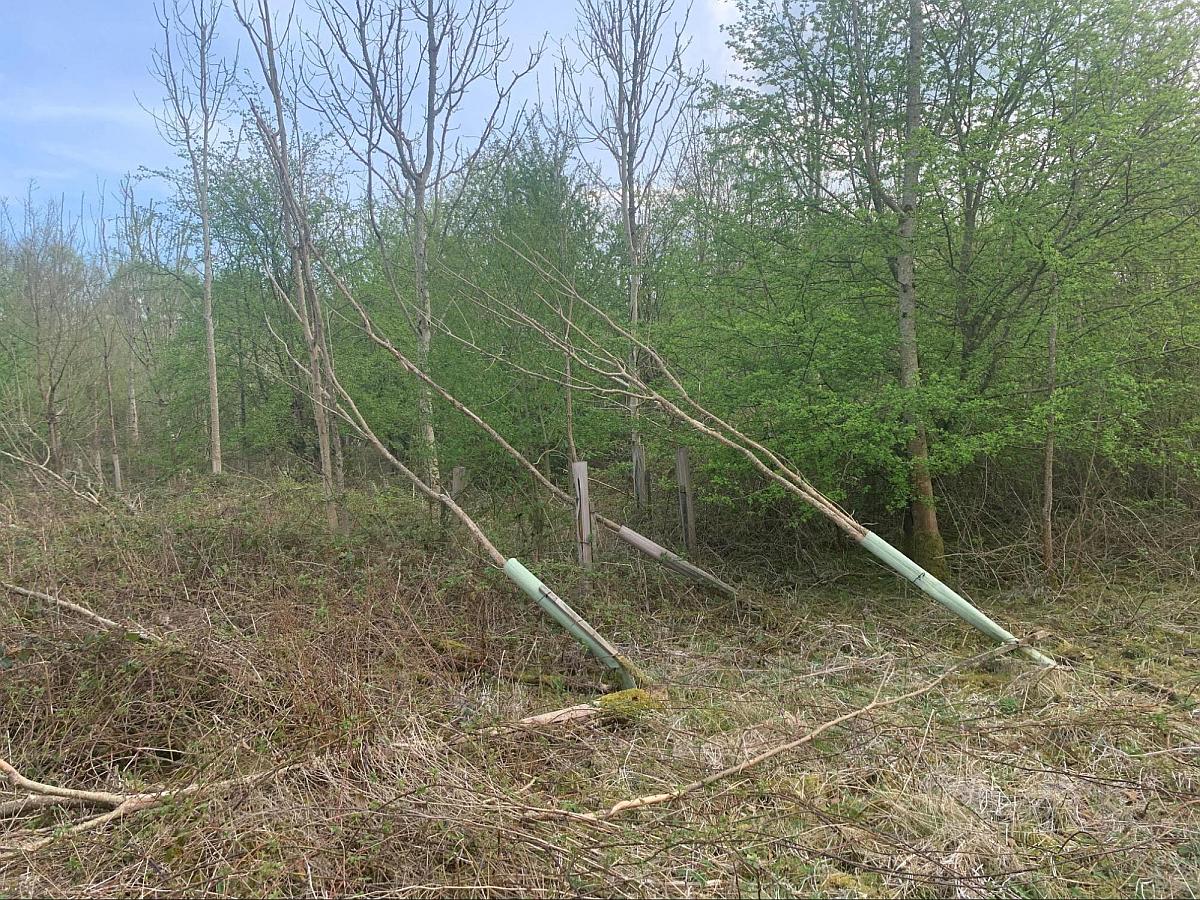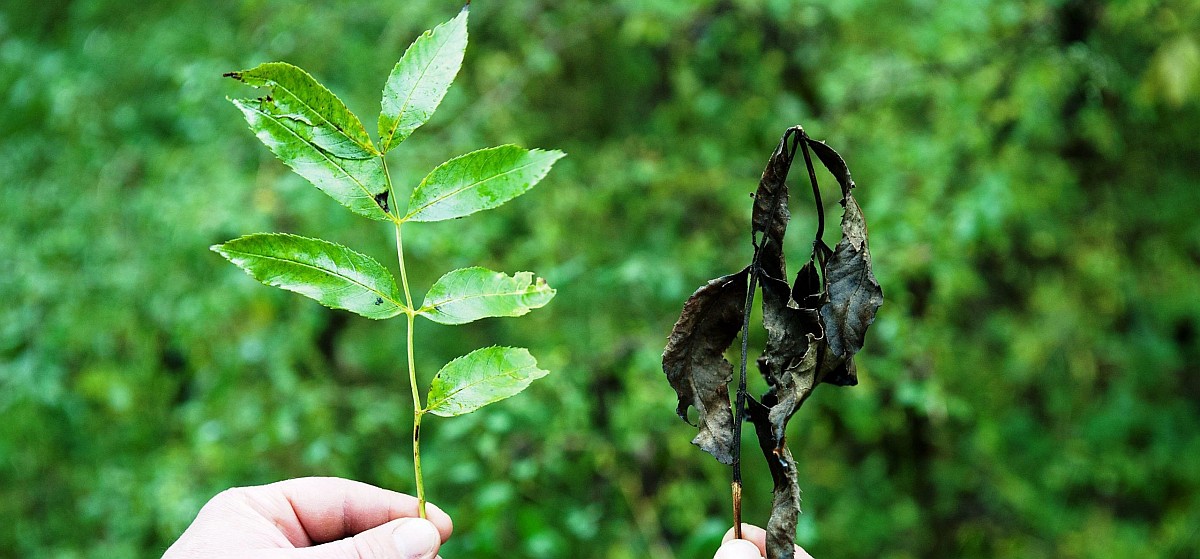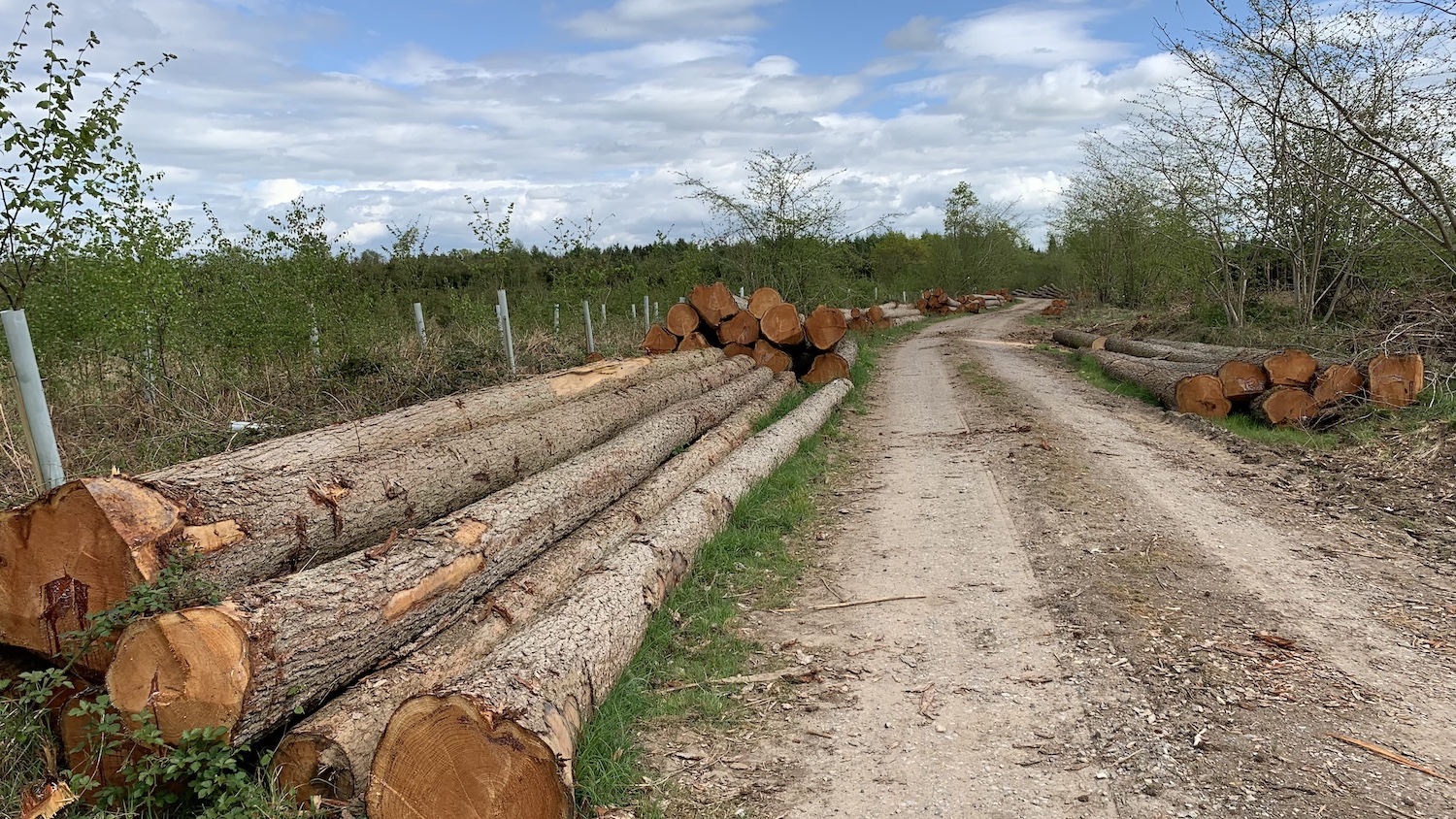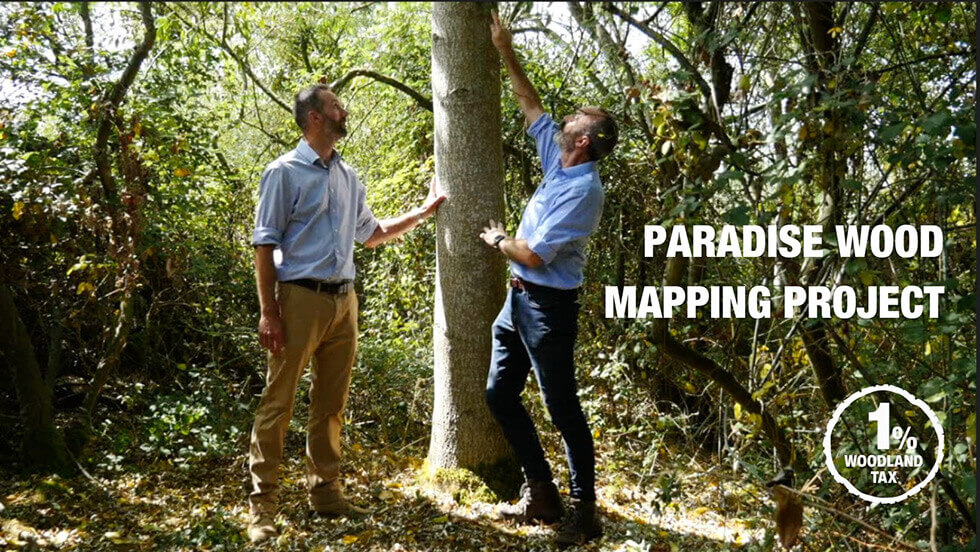October 11, 2022
Is England suffering from deforestation?
Despite headline-hitting pledges to oversee a massive expansion of our woodlands to help combat climate change, progress in England has been incremental and there is growing evidence that we are losing trees quicker than they are being replaced.
Deforestation? In England?
You’d be forgiven for thinking that deforestation can’t be a problem in England. We tend to associate deforestation with more exotic parts of the world, like the Amazon. Places where land use has been changed, mainly by agriculture, and thousands of hectares of natural forest have been lost.
What we see and what we’re told
In this country we have seen a steady, if slow increase, in tree cover from the 1930s onwards. And the current Government pledged to increase the UK tree cover by a further 30,000 ha per year. England’s share of this pledge is 12,000 ha / yr.
On top of this, at COP 26 the UK Government, along with 100 other leaders, made an international legally binding agreement to stop and reverse deforestation and land degradation by 2030.
Here’s what Boris Johnson said about the agreement:
“Today, at COP26, leaders have signed a landmark agreement to protect and restore the earth’s forests. These great teeming ecosystems – these cathedrals of nature – are the lungs of our planet. Forests support communities, livelihoods and food supply, and absorb the carbon we pump into the atmosphere. They are essential to our very survival. “
Sounds good, doesn’t it?
But what’s the reality?
Sadly, the reality is not as positive. Net creation of new woodland in England during the 2021/2022 planting season reached a paltry 2255 hectares. In fact, since 2010 no more than 3,360 ha has been planted in any one year.
In isolation, this doesn’t sound too bad. After all, 2255 hectares equates to approximately 577,000 new trees. But here’s the thing: these stats don’t tell us much about the woodland and they can be misleading.
Behind the stats
It’s important to note that when we see a stat for woodland area, it doesn’t tell us much about what’s in it. There is very little information about numbers of trees, the quality of the trees or the general state of the woodland, especially for private woodlands, which make up the larger proportion in England.
It is entirely possible that we have more woodland but fewer trees.

More woodland but fewer trees
Disease, climate change, storms and development are all having a devastating effect on our woodlands.
Concerned NGOs such as The Woodland Trust and Friends of the Earth believe that the net effect is that England is now suffering from Deforestation. As someone in the timber industry witnessing the effects of tree diseases, I have to say that I agree.
What’s the evidence for this? Well, exact figures are hard to come by, but indicative data tells a compelling story.
How disease is affecting woodland
Before the arrival of ash dieback, first recorded in 2012, there were approximately 150 million ash trees across the UK. The disease has now taken hold across the country and it’s accepted that between 90% and 100% of all ash trees will die over the next five to ten years.

An example of ash dieback
Across the UK, we’re seeing millions of ash trees being felled every year, the majority from England.
Unfortunately, Ash isn’t the only victim here. When Ramorum disease was discovered in 2009, larch trees occupied 154,000 hectares of our woodlands across the UK. That equates to approximately 300 million trees. A large proportion of this has already been removed and the remainder is likely to go over the next ten years.
Yes, most of these trees will be replaced, but they’re likely to be replaced by slow-growing broadleaf species and often with a requirement for at least 30% of open space.
The impact of storms and development
Diseases like this are only part of the story. It’s estimated that around twenty million trees were lost in the UK to Storm Arwen (four million in England) which swept through the country in November 2021.
Plus, significant areas of woodland have been removed to make way for infrastructure such as Wind farms and HS2.
Although losses from development are meant to be replaced with new planting elsewhere, there are valid concerns that the ecological value of the new woodland and the quality of planting and ongoing management are often not comparable. And it goes without saying that these new trees won’t reach the size of the lost trees for many decades.
All in all, the net increase of 2255 ha of woodland over the last year is, I believe, put into shade by the loss of trees due to disease, infrastructure and storms.
And there’s more to come (sorry)
As I write this, the current Government is gently rowing back from European environmental regulations and quietly dropping the pledges it made around COP26, all in the name of growth and food security. So, I fear that the future of our woodlands looks bleaker than it did just a few weeks ago.
It appears that protection for current woodlands could be trumped by relaxed planning regulations and the creation of large enterprise zones. At the same time, the Government is ‘laying the ground’ to water down the long awaited Environmental Land Management Scheme (ELMS). This in turn will also water down the incentives for farmers to grow more trees on their land.
So, what’s the answer?
We challenge MPs and the government to explain why they’re allowing this developed G7 country to fall into a state of deforestation and why they are not even close to achieving their woodland expansion pledge. We make a noise and make it newsworthy. Together, we get active!
Our actions don’t have to be huge, or on a massive scale. We just need to do something. Anything. I’m a firm believer that small initiatives and actions can drive much wider change.
At Vastern Timber, we are supporting organisations that are helping our woodlands through our 1% Woodland tax initiative. The projects we support are focused on improving trees, encouraging woodland management and enhancing people’s understanding of our woodlands.
We’re also making a series of films called ‘Wood For The Trees’ to help more people explore the issues surrounding England’s trees and woodlands. Check out the films at woodforthetrees.uk
And, at a day to day level, we’re finding new ways to add value to the timber that comes out of our local woodlands.
I’m also involving myself, wherever I can, in convincing the government that we need more trees. And not just trees, but a more healthy, biodiverse and productive woodland across our country.
Are you with me?






